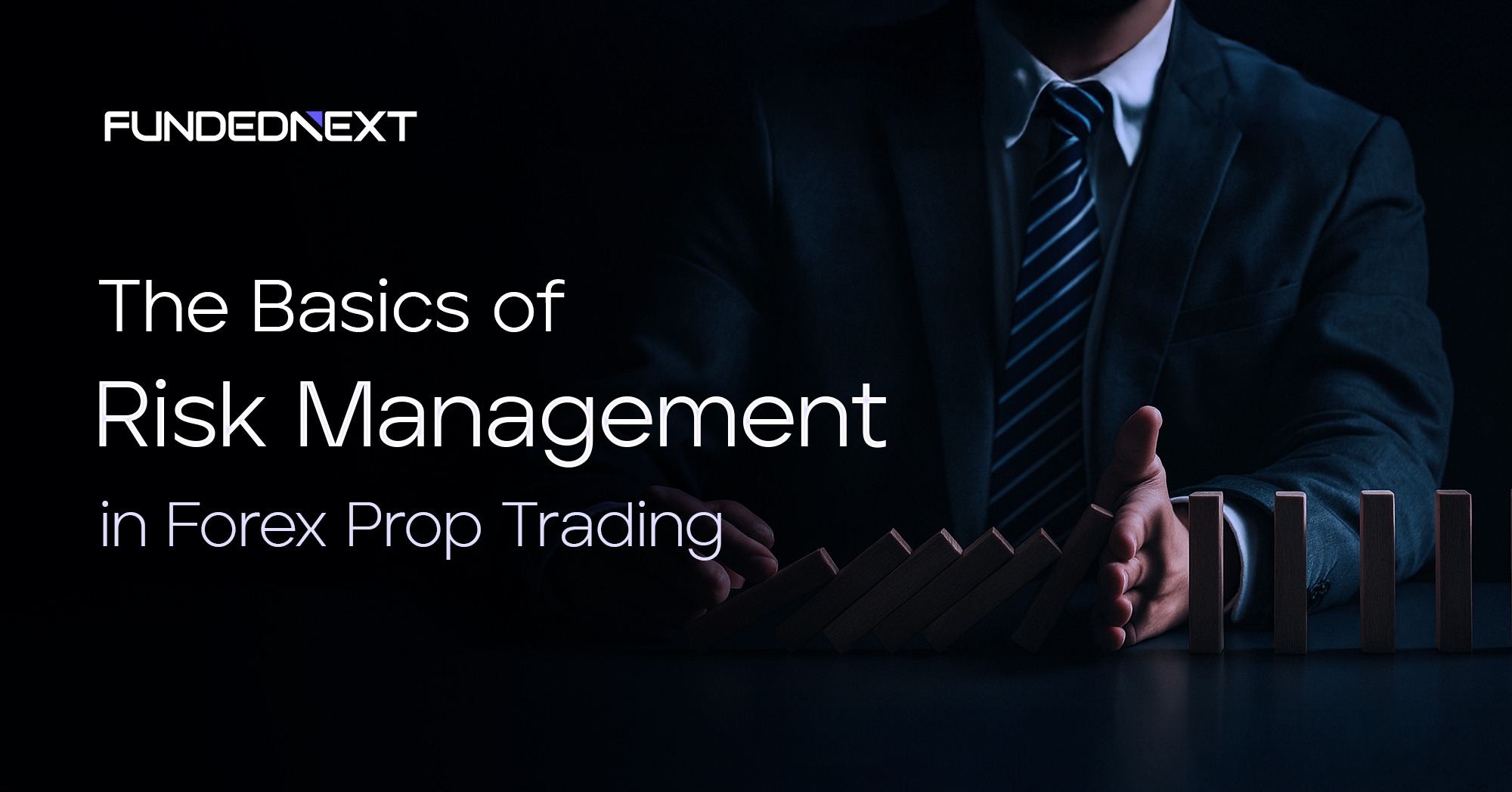
Table of Contents
Do you know the difference between speculation in trading and straight gambling?
Strategic risk management.
Effectively building a risk management strategy and following that strategy when trading can be the difference between making big profits and losing it all in one fell swoop.
But what exactly is risk management in forex trading, anyway, and how can you use it to curtail losses?
Here’s what you need to know.
What is Risk Management in Forex Prop Trading?
Risk management, at its most basic level, is a term used in the insurance and financial services industry as well as the trading community that acknowledges risk in a given industry or organization’s operational model, and attempts to strategically mitigate, or “manage” that risk so as to be tenable.
In the financial sector specifically, some degree of risk is unavoidable. All trading comes with some risk, but some types of trading come with more risk than others. Forex trading in particular is more risky than others.
While this also means that it has the potential to make you more money than other types of trading, in order to be able to do that, you must carefully and strategically manage your risk.
At a basic level, that involves:
- Balancing risks vs. ROI for any given trade
- Applying probability and statistical concepts like standard deviation to trading activity
- Implementing common risk management strategies like avoidance, retention, sharing, transferring, and loss prevention and reduction.
Types of Risk in Forex Trading
Forex trading involves many types of risk, including:
- Market Risk: The natural price fluctuations inherent to any market.
- Leverage Risk: Forex trading often involves using borrowed capital (leverage), which amplifies both gains and losses.
- Operational Risk: Errors in trade execution, technical glitches, or even power outages can lead to unexpected losses.
Forex risk management calculators are invaluable tools. They factor in your trade size, stop-loss levels, and account balance to estimate your risk exposure for each trade.
But these types of calculators are not the end-all-be-all when it comes to managing risk as a forex trader. In Forex, proper risk management involves setting clear-cut strategies as well.
5 Essential Forex Risk Management Strategies
Effective risk management is the foundation of successful forex trading, helping traders protect their capital while maximizing long-term growth.
1. Position Sizing
Position sizing is one of the best forex risk management strategies that allows you to determine the right amount of capital to allocate to each trade based on your risk tolerance and the size of your trading account.
Position sizing helps you manage risk by ensuring that no single trade can significantly impact your overall portfolio.
Many traders who implement this strategy aim to allocate only 1-2% of their total account on any given trade. By adhering to this guideline, they can withstand a series of losses without depleting their capital, providing a buffer that allows them to stay in the market longer and continue trading strategically.
2. Stop-Loss Orders
Stop-loss orders are essential tools in any forex trader’s risk management arsenal, acting as a safety net.
These orders automatically close a trade when it reaches a predetermined loss level, thereby preventing further damage to your trading capital.
By setting a stop-loss order, you can limit potential losses and ensure that emotions do not dictate your trading decisions. This practice helps maintain discipline and prevents small losses from escalating into significant financial setbacks.
Some forex traders implement stop-loss orders for every trade they make. But there are other types of orders that help mitigate risk as well, including take-profit orders.
3. Take-Profit Orders
Take-profit orders are the counterpart to stop-loss orders. They are an equally important part of a well-rounded forex trading strategy.
These orders lock in profits by automatically closing a trade when it reaches a specific profit target.
By setting take-profit levels, traders can ensure that they secure gains and do not miss out on profitable opportunities due to market fluctuations or hesitation.
Take-profit orders help achieve a balanced risk-reward ratio, contributing to a disciplined approach that maximizes potential returns while also minimizing risk.
Diversification
Diversify, diversify, diversify!
Surely you’ve heard this before. That’s because diversification is a fundamental principle of risk management that involves spreading your investments out to mitigate risk. In forex trading specifically, this means investing in a variety of different currency pairs.
By spreading your capital into a number of smaller trades and currency pairs, you can reduce the impact of a single losing trade on your overall portfolio.
Diversification helps in balancing the risks and rewards, as losses in one trade can be offset by gains in another. It also protects you against significant drawdowns due to market volatility.
Leverage Control
Leverage is a powerful tool in forex trading that allows traders to control large positions with a relatively small amount of capital.
But while leverage can magnify gains, so too can it compound losses. This is why effective leverage control is crucial for managing risk.
Beginners should start with lower leverage ratios to minimize potential losses and gradually increase leverage as they gain experience and confidence in their trading strategies. That said, by using leverage strategically, traders can enhance their potential returns while keeping risks down to a manageable level.
Learn More With FundedNext
Forex trading has the potential to be extremely profitable. But if you don’t know what you’re doing, it could also be financially ruinous.
That should not scare you away from it. On the contrary, it should motivate you to approach it with respect and do your due diligence. In time, and with some effort and understanding of how to apply foundational forex concepts like risk management, you can become a master forex trader!
The Stellar Challenge at FundedNext can help. With no time limit and a balance-based drawdown, trade at your own pace and hold your trades stress-free. See how to sign up for Stellar Step-1 now!


